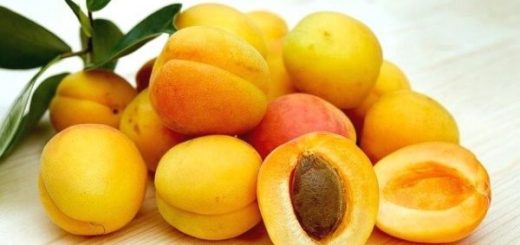What is pomelo? Here’s how to peel and eat the citrus fruit

The pomelo is a citrus fruit of Asian origin much appreciated in China, but in recent years available in Italy: excellent both eaten alone and for flavoring soups, pork and fish. Here’s how to peel it and use it.
The pomelo , also called pummelo or pampaleone , is a citrus fruit that has appeared on the counters of our greengrocers for a few years. Despite its name – which seems to evoke a strange crossbreeding – the pomelo is a pure citrus fruit and, according to many, one of the oldest citrus fruits that man has managed to cultivate.
The Citrus Maxima pomelo is considered one of the three species from which all the citrus fruits known today derive, together with the citrus Citrus Medica and the mandarin Citrus Reticulata.
Origins of the Pomelo
The pomelo owes its origins to South Asia and Malaysia, places where it has been known and consumed for more than 4000 years. Around 100 AD it was introduced into China , where it spread with great ease. Here the pomelo continues to thrive spontaneously today, often on the banks of rivers, and is cultivated in the southern regions (Jiangsu, Jiangxi, Fujian).
Thailand is also among the largest producers of pomelo. However, this citrus fruit is very widespread throughout Asia: there are in fact plantations in Taiwan and Japan , in southern India , Malaysia , Indonesia , and also in Oceania with New Guinea and Tahiti .
What are the benefits of pomelo?
The pomelo is a pleasant and delicate fruit with a sweet flavour, rich in nutritional properties and a low calorie, protein and lipid intake. Like all citrus fruits it has a high content of vitamin C , a good content of vitamin A and traces of B1, B2, B3 and B6. Among the mineral salts, potassium stands out and there is no shortage of folic acid and beta-carotene.
How to choose pomelo?
To best enjoy all the characteristics of the pomelo and fully assimilate all its excellent nutritional values, you will need to know how to choose at the top of ripeness: the peel must be green-yellow or yellow-pink in colour , totally uniform and smooth, free of marks and bruises, which they could be caused by mold and cause the fruit to degrade very quickly.
How to peel pomelo
Eating pomelo isn’t particularly difficult, but its tough, thick rind requires a bit of effort to peel. To avoid problems with your hands, it is best to remove the peel by cutting it with a knife and peeling it as you would a banana or an orange. Once you have peeled the pomelo, you will have to eliminate the white part , the albedo, as it is characterized by a strong bitter taste: remove it using the knife.
Use pomelo in cooking
Pomelo is excellent when consumed alone , but can also be used in many ways in the kitchen. Like most fruits, it is perfect for jazzing up fruit salads , decorating cakes or pastries with a citrus fruit that is less harsh and bitter than grapefruit. As with all citrus fruits, its juice is very pleasant, aromatic and refreshing.
The peel can also be used to make candied fruit . We can use pomelo to prepare fresh and rich salads. One of the most interesting uses is in granitas and sorbets , but pomelo jams are also excellent, for example on a classic shortcrust pastry tart.
Given its wide diffusion in China, the pomelo is widely used in Chinese cuisine : the peel is often used to flavor soups or desserts. In the oriental culinary tradition it is paired with pork or fish and shellfish. In Thailand and the Philippines one way to enjoy these fruits is to consume them fresh and seasoned with a mixture of chili pepper, salt, sugar and black pepper.
What is the difference between pomelo and grapefruit?
Pomelo and grapefruit are often a source of confusion due to similarities in their names and appearance, but they are two distinct fruits. Pomelo (Citrus maxima or Citrus grandis) and grapefruit (Citrus paradisi) come from different species within the Citrus genus. The pomelo is often considered an ancestor of the grapefruit. As we have already said, the pomelo is native to Asia, while the grapefruit is the result of a cross between the pomelo and the sweet orange and was developed in Jamaica in the 18th century. The color of the pulp can vary, but in general, the pomelo tends to have a pink or red pulp, the grapefruit, on the other hand, can have light, pink or red pulp, depending on the variety. The flavor of pomelo is generally less sweet and more bitter than grapefruit. Some varieties of grapefruit can be sweeter.











